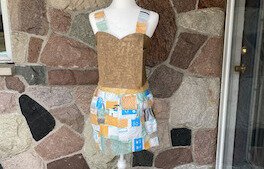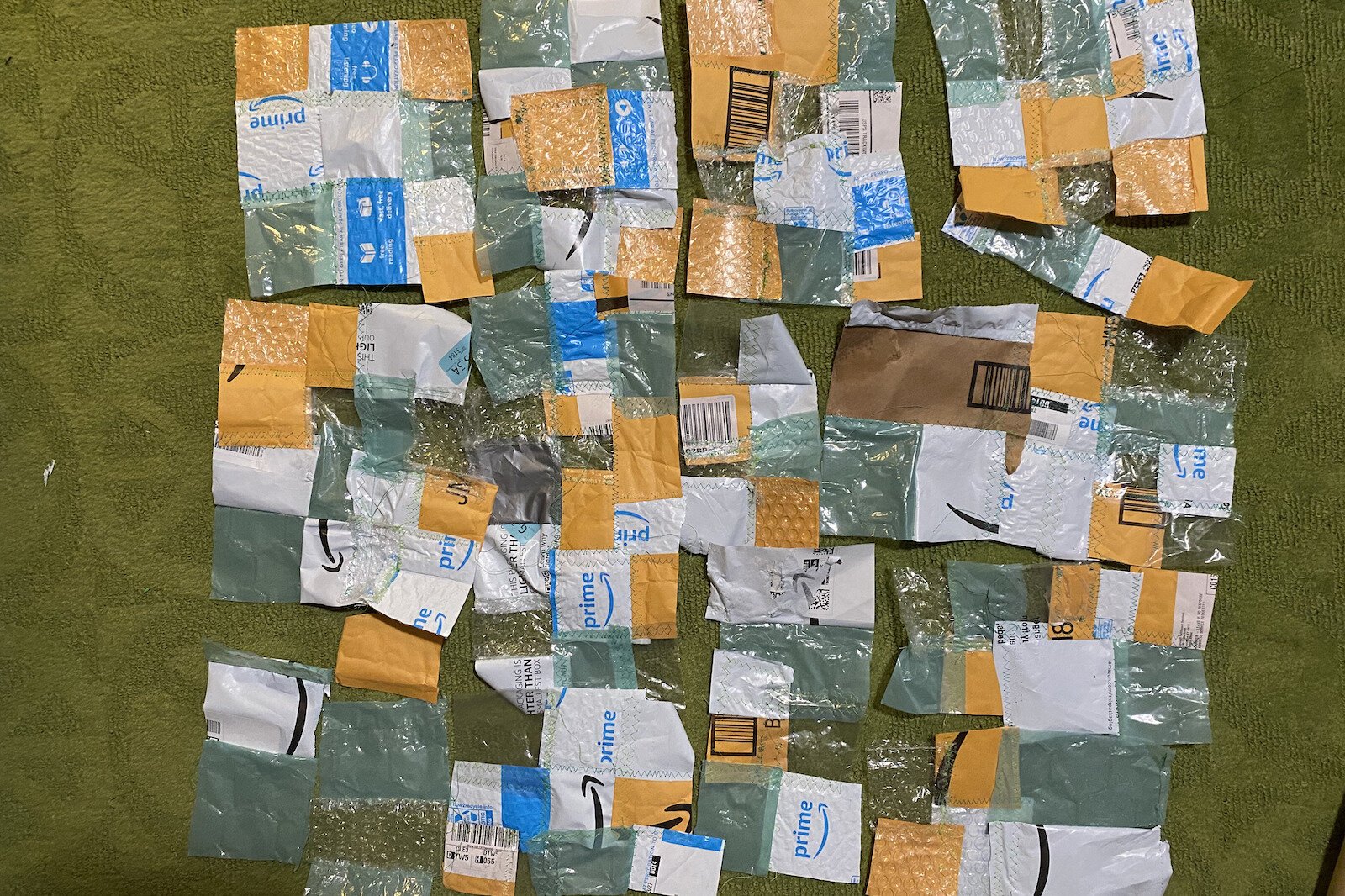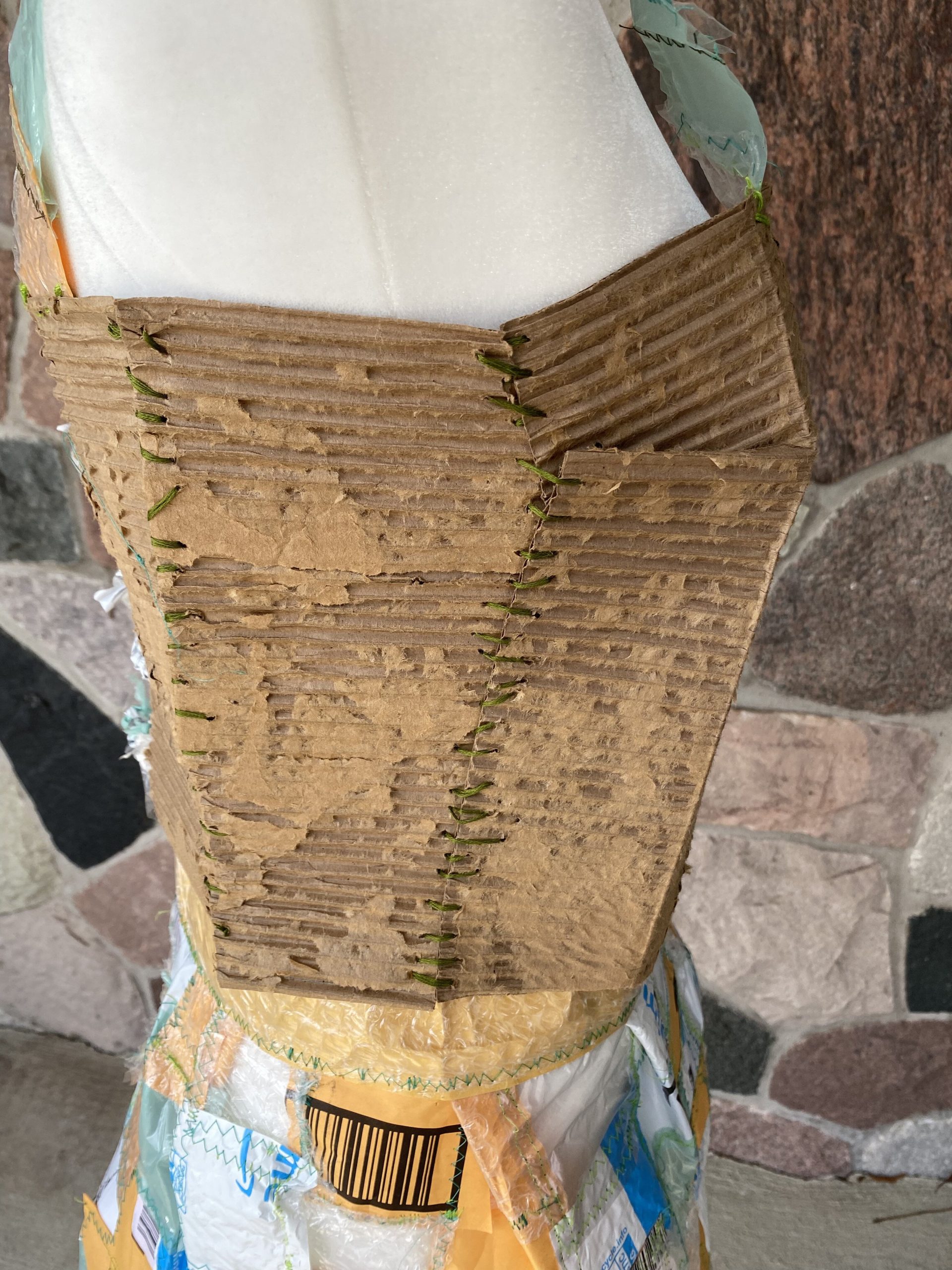Editor’s Note: This story is part of Southwest Michigan Second Wave’s Voices of Youth Battle Creek program which is supported by the BINDA Foundation, City of Battle Creek, Battle Creek Community Foundation, and the W.K. Kellogg Foundation.
Fast Fashion: In the clothing industry, fast fashion is a method of copying higher-end, catwalk trends in a quick, affordable, and mass-produced way.
Some scrolling, maybe a little typing, just a few clicks, and a couple of days later, a package appears on your doorstep. That is the luxury of online shopping and the ease of fast fashion. Trendy and cheap clothes are purchased and shipped in a recurring cycle.
While shopping and purchasing clothes have never been easier, what are the downsides to this convenience?
The most negative impact of fast fashion is environmental. The production of clothes at such a rapid speed creates greenhouse gas emissions which lead to climate change, according to the BBC. The United Nations reports that the fashion industry is responsible for 8-10% of global emissions, more than aviation and maritime shipping combined.
It’s challenging to consider an individual’s contribution to such a large-scale problem as climate change. No one likes to think their choices are having negative impacts. However, it’s important to be mindful when it comes to addressing issues, particularly in our purchases.
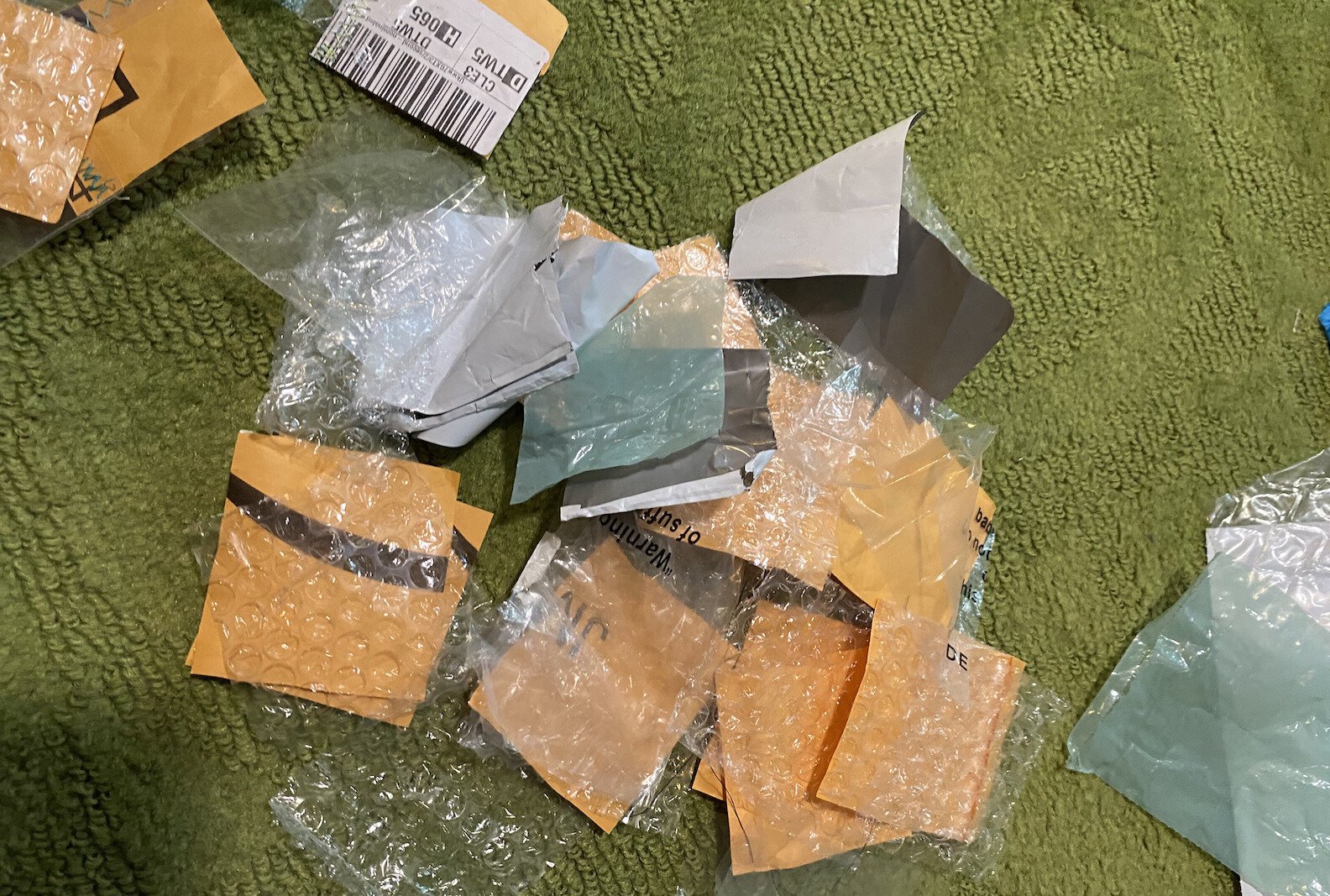
The affordability and convenience of fast-fashion websites are not to be understated. Most teenagers have a limited budget when it comes to purchasing clothing and fast-fashion websites offer wardrobe options that fall into a cheaper price range.
Note: This article is not a callout or a shout to halt the total consumption of fast fashion. For many, it may seem like the only option. This is simply an attempt to inform people about the environmental cost of producing and shipping cheap clothing and ask that they take a second and think before they hit that “Place Order” button.
Alternatives to fast fashion
While trend cycles are rapidly changing and adapting, taking some time to think twice before purchasing new clothes has personal and environmental benefits. Here are four questions to consider before clicking BUY.
- Will I be able to wear this item with multiple outfits?
- Do I own something like this already?
- Have I wanted to buy this for more than 24 hours?
- Do I want to buy this simply because I saw someone else with it?
While pausing and asking yourself questions is not a foolproof method, it helps to slow down the urge to purchase new things. If you consider a possible purchase for a day or two, it tends to make the shiny appeal of something new fade. If the thought of whatever you have in your cart stays in your mind, then it may be more than just a quick instance of influencing.
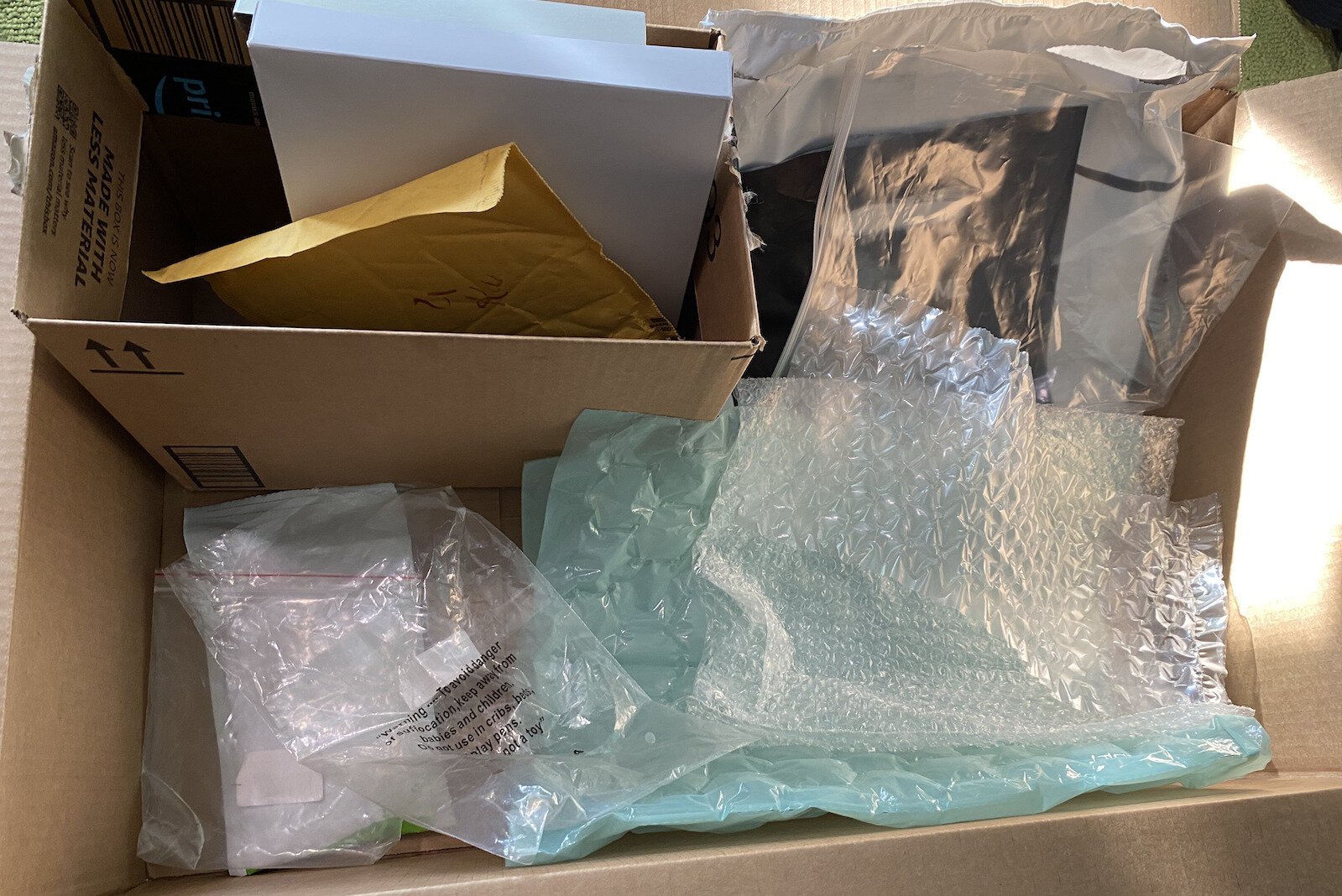
Another trick to curb an eager purchase would be to change tabs and try to picture everything that was in your cart. Are you able to remember all of the items? If not, perhaps you are not as interested in those items as you may think.
Overall, fast fashion is the only option for some people and there is nothing wrong with that. Slowing the rate of consumption is the most important thing. This includes using the pieces you have already for as long as possible.
All things considered, the impact a single person has on the environment might be minimal, but the culmination of many individuals’ choices can be massive. An entire industry is also responsible for the large-scale pollution, not just a single person who buys their clothes.
So what is the answer?
There are a few smaller-scale solutions. Buying second-hand items is a great way to bring new life to already existing pieces. Finding clothes at places like garage sales or receiving clothes from friends and family (hand-me-downs) can bring new life to your wardrobe. Places like Depop and Mercari or Poshmark are great resources to begin the search for pre-loved pieces. Just be aware of the prices of pieces and make sure that purchasing the item is worth it.
Thrift shopping is another great way to find cheaper clothing; however, it takes a time commitment that not everyone has.
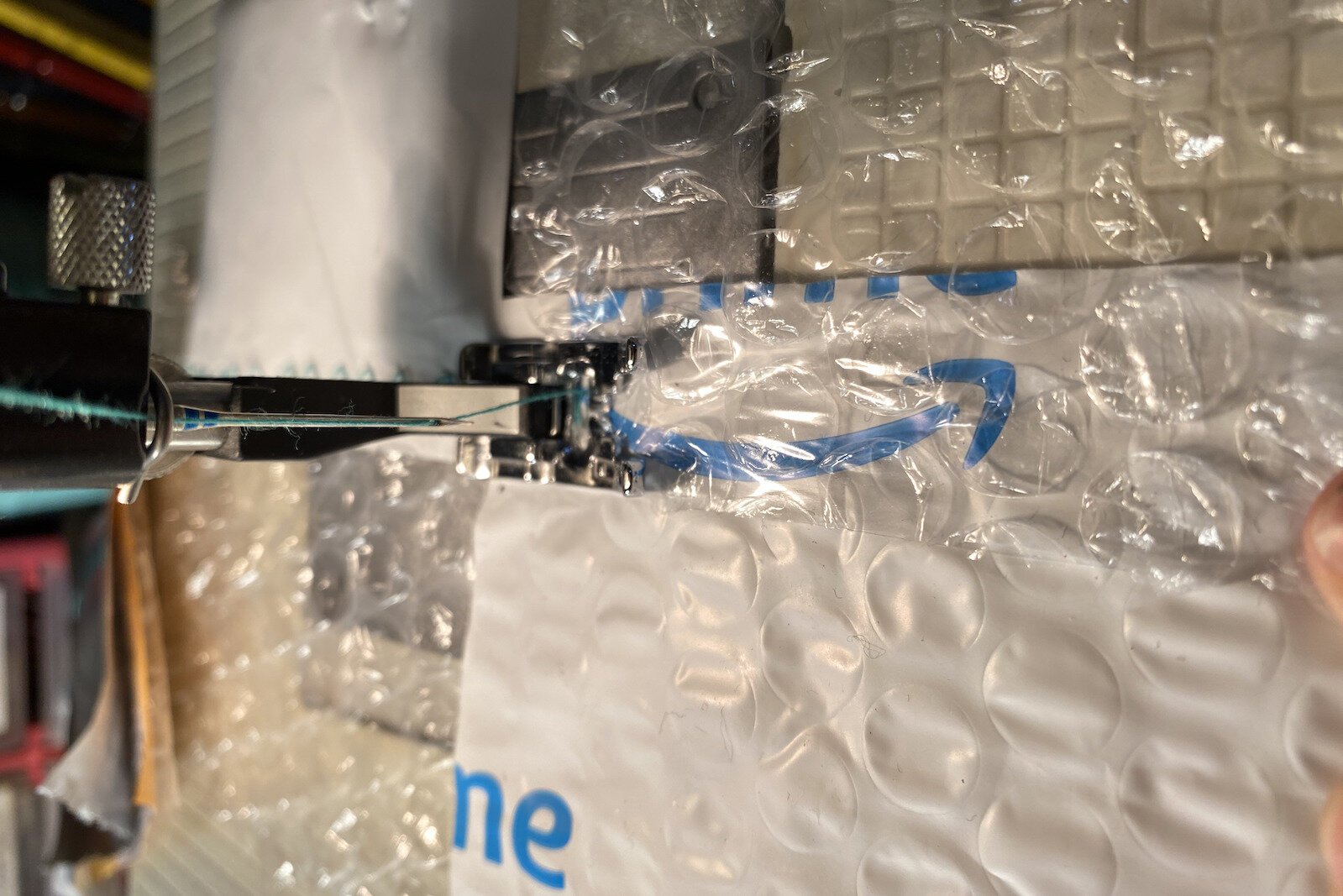
More companies and brands are starting to produce sustainable clothing that has a smaller impact on the environment or that utilizes recycled materials. Patagonia is an eco-friendly brand that supports recycled clothing. Girlfriend Collective uses recycled materials to make their pieces, as well as 100% organic cotton and environmentally friendly dyes. This is a great option if you can afford the higher price tag that comes along with sustainable items.
Again, these solutions work if you can afford or commit the time and energy to them. But not everyone has those resources, and that is fine, too.
Just being aware of the high impact of fast fashion is an important first step. So think about the reasoning behind wanting to buy more and compare it to what you may truly need.
Plastic Patchwork Packing Dress
The combination of plastic shipping materials and greenhouse gas emissions used in the transportation of clothing inspired me to make my own fashion piece to demonstrate the extra packing material use and environmental cost of fast fashion.

I designed the dress to be constructed with cardboard boxes, shipping envelopes, and bubble wrap or plastic packaging. While it is not a practical or fully-functional piece, the design was inspired by more recent trends. The dress has a lace-up corset top made from braided plastic and a patchwork skirt.

I desired to make a dress that could be featured on a clothing or fast fashion website. The design is consistent with current fashions if the materials were changed into something more wearable. It is a dress that has been constructed by the use of hand and machine sewing, much like fast fashion pieces.

The final product is an unconventional dress. We often throw away or recycle packing materials without too much consideration about what happens to them. Hopefully, the packing dress encourages fashion consumers to take a second and think about environmental impacts the next time they want to purchase new clothing.
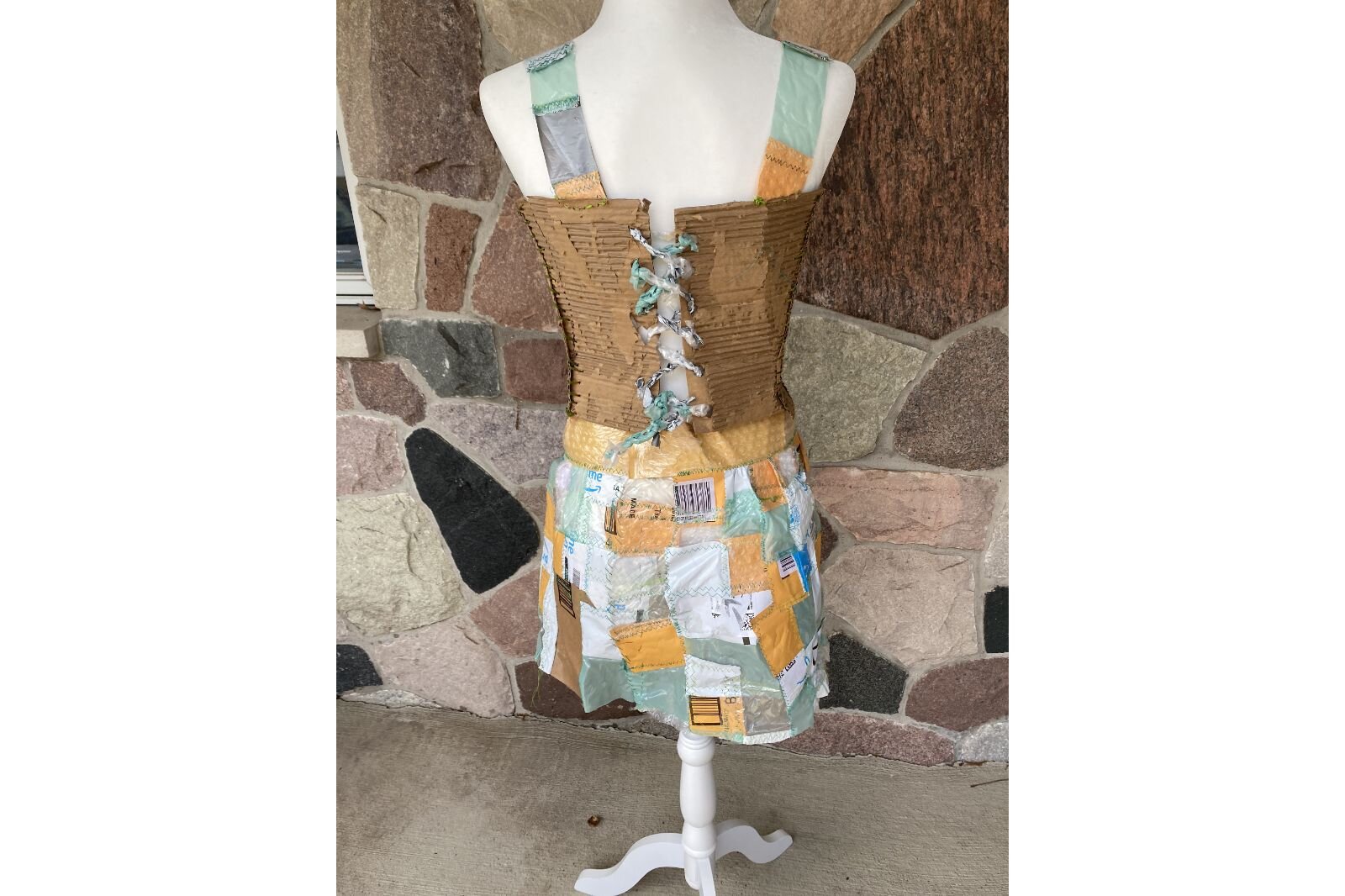
The ease of shopping online and having packages delivered to your doorstep is often irresistible. Some brands only offer online shopping for their clothes. Trend cycles are faster than ever, and teens can feel a near-constant need to buy more and more to keep pace.

However, the cost of the industry is more than just the price tag on a piece of clothing. There is a greater environmental impact that goes along with it. That is something to keep in mind the next time you may be scrolling for new clothes.

Kayanna Smith is a senior at Lakeview High School. She enjoys anything related to music, art, and frogs. At Lakeview, she is involved with the theatre program, yearbook, and Channel 101. She hopes to attend Eastern Michigan University in the fall to pursue Communications and Journalism.

